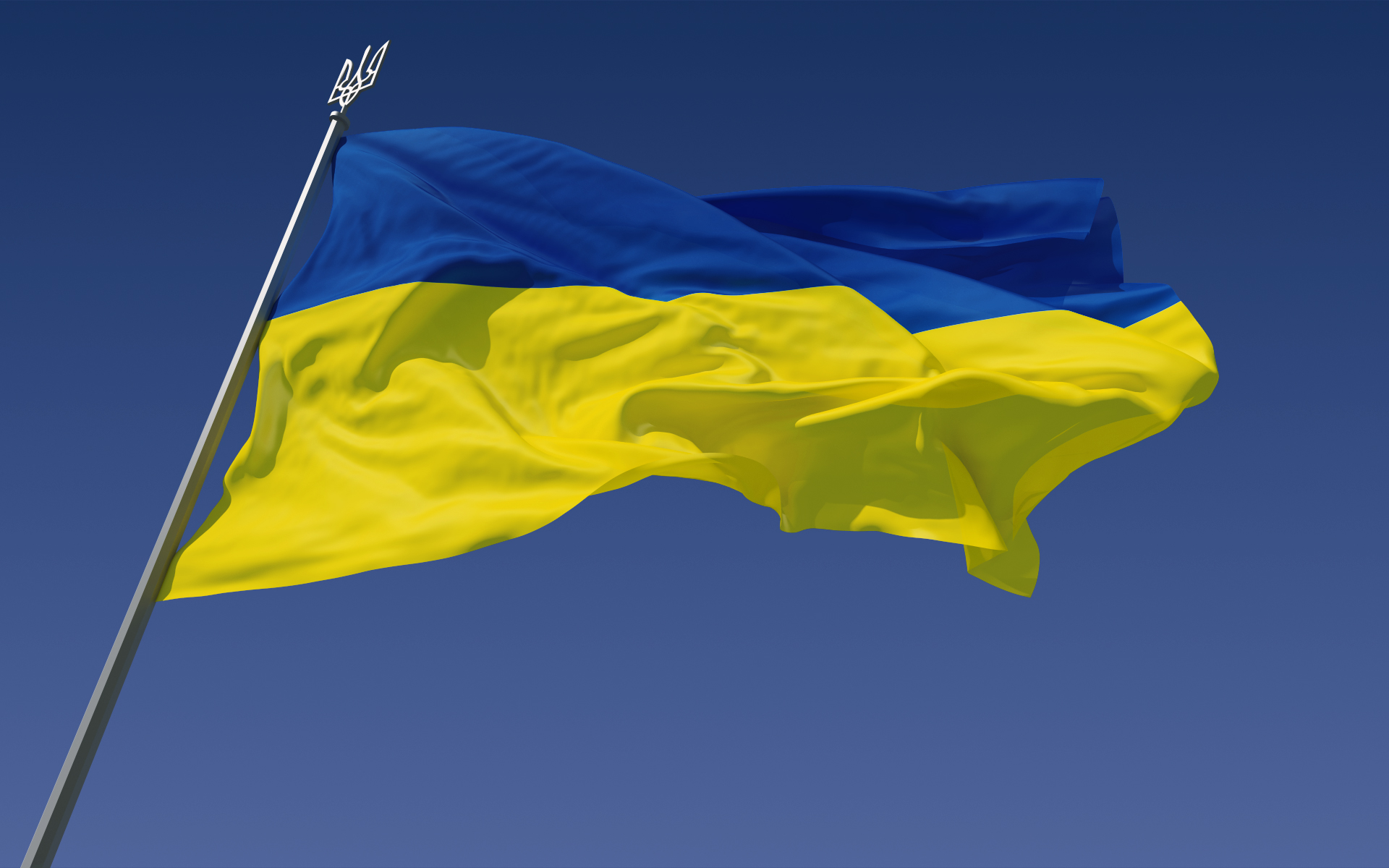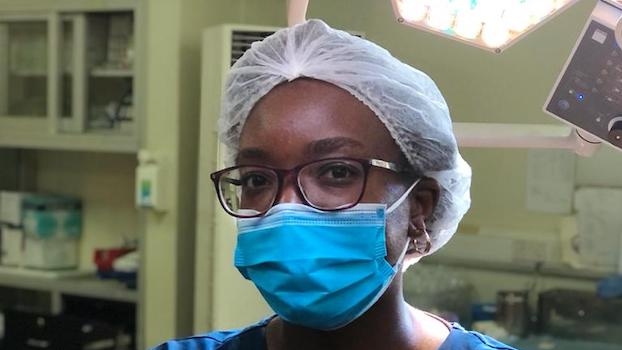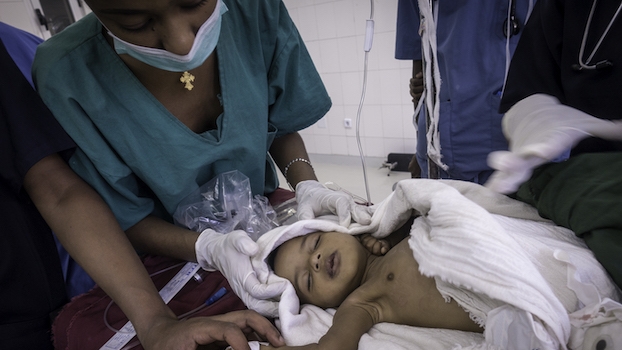
Anesthesia Under Fire
Anesthesia under fire experiences of patient care in Ukraine today
In partnership with the American Society of Anesthesiologists (ASA) and the Ukrainian Society of Anesthesiologists (AAU), Lifebox hosted an event to hear the experiences of anesthesiologists providing patient care in Ukraine today – raising awareness and building solidarity with our anesthesia colleagues in Ukraine. Colleagues from Ukraine shared firsthand accounts of what it is like to provide care during war.
“I work in a hospital in Kyiv. Some days we have nine to ten bombings and have to run to underground for safety. It’s very difficult. We can’t treat all patients on the ground for safety,” says Professor Sergii Dubrov, an anesthesiologist at Kyiv Municipal Clinical Hospital.
Professor Dubrov has been on the frontlines providing patient care since the war started in February, witnessing horror and pain regularly. A chief of anesthesiology and intensive care at Ukraine’s National O. Bogomolets Medical University, he is currently the President of the Ukrainian Society of Anesthesiologists.The war in Ukraine has severely disrupted health services. As it escalates, patients with serious conditions needing anesthesia and surgery services are multiplying. The safety of health workers remains a problem. But Ukrainian anesthesiologists continue to provide health care under woefully difficult conditions – choosing to stay and work for safer surgery and living in their hospitals amid increased bombings in the country’s major cities.
“From the first day of the war, I’ve stayed in the hospital because my hospital was a first-line hospital for wounded patients. The first few days were really hard. We received 37 to 40 severely wounded patients. Myself and most staff of my hospital stayed and live in the hospital,” explains Professor Dubrov, adding, “the first 40 days I stayed in the hospital, then had one week of rest and now I live in the hospital again and work as an anesthesiologist 24 hours per day.”
During an online event on 19 April 2022, Professor Dubrov and other Ukrainian anesthesiologists shared their experiences of providing patient care in the middle of the ongoing war, highlighting the enormous challenges they face and the needs to improve care for patients.
“Even though we are a ‘second-line’ hospital, we have already survived two massive inflows of patients because of missile strikes. We received 100 seriously wounded patients. Only yesterday, we survived a missile strike on civilian infrastructure in the city of Lviv. Seven people died on site. Our hospital received 11 wounded, including one child, and we're fighting for the lives of these patients now. I'm living here in the hospital throughout this time, day and night."Professor Natalia Matolinets, Medical Director of Anesthesiology and Intensive Care, Lviv Emergency Hospital
The event, “Providing Patient Care in Ukraine Today” was hosted in partnership with the American Society of Anesthesiologists, our global surgery nonprofit Lifebox, and the Ukrainian Society of Anesthesiologists. The event was an opportunity for these formidable Ukrainian anesthesiologists to paint a true picture of the challenges health workers face in the war, and how they manage to curb the risks of death by providing quality care to patients. Watch a full recording of our “Anesthesia Under Fire” in Ukraine event here.
"It's very difficult for me. I can see my children for only half an hour or an hour a day, especially my little daughter. Everybody should understand us. As anesthesiologists, this is a difficult time for us."Professor Andrew Semenenko, Director of the University Clinic of Vinnytsya, National Pirohov Memorial University and Professor of Anesthesiology, Intensive Care and Emergency Medicine
The daily activity of a health worker in conflict is intense. For these Ukrainian anesthesiologists, working during this war has been especially hard – racing against time to help the patients in critical need and save lives.
“Sometimes we have to stop and do damage control surgery and have patients transferred to ICU [Intensive Care Unit],” says Dr. Maksym Pylypenko, Head of Anesthesia and Intensive Care Unit at Romodanov Neurosurgery Institute, National Academy of Medical Sciences of Ukraine.
These anesthesiologists speak about their new daily routines, the needs and the challenges they are facing at work. They have taken a huge leap forward in terms of understanding pathophysiology especially regarding polytrauma that combines with burns.
“This became a very big part of learning after the event in the Yavoriv testing grounds when we had mass casualties with multiple people having fractures, wound cuts, and burns at the same time,” says Professor Matolinets.
As anesthesiologists they are fighting for the lives of every patient; treating adults and children, including those suffering from trauma. Sometimes, for the safety of patients, they provide care in underground bunkers – in non-ventilated operating rooms and intensive care units. Many of them also speak about their experiences with blood typing, blood cross-matching, blood transfusion and how they are sometimes obliged to stop normal surgery to do damage control anesthesia and damage control surgery.
Medicines remain a priority for regular, intensive and rehabilitation patient care. Diagnostic equipment of all sorts, from portable devices, patient bed devices, stationary installations, ultrasound, and X-ray scanners – among others – are instrumental. Training and continued medical education through remote or on-site learning will translate into available skills that minimize the time for diagnosing and intervening to care for patients. Emotional well-being support is also important for both health workers and patients to deal with trauma and mental health issues.
Lifebox is working with its network of partners to distribute pulse oximeters to healthcare providers in Ukraine.



